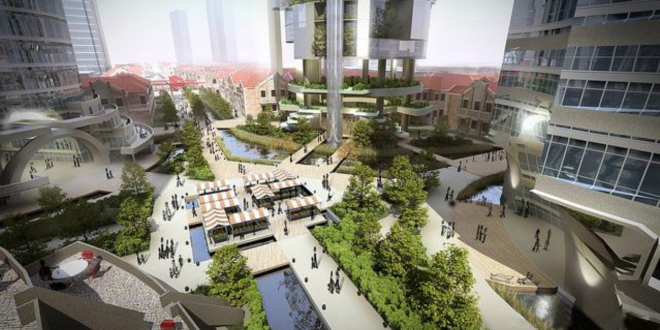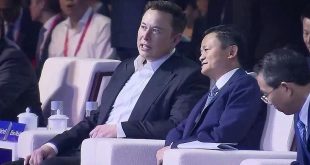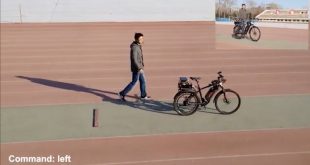By Bo W.
The world’s explosive population growth is quickly outpacing the expansion of farming land. While we desperately need to secure more land for food, continued population growth will also mean a greater demand for the conversion of land into residential and industrial districts. To make matters worse, existing arable land needs to regularly lie fallow, and traditional ways of farming are too vulnerable to disparate weather conditions.
However, vertical farming may provide us with a breakthrough. It is the practice of producing food and medicine in vertically stacked layers, vertically inclined surfaces and/or integrated in other structures such as in a skyscraper, a used warehouse, or a shipping container. Modern ideas of vertical farming use indoor farming techniques and controlled-environment agriculture (CEA) technology, where major environmental factors are controlled. These facilities utilize artificial control of light, environmental control such as humidity, temperature, gases and fertigation. Some vertical farms use techniques similar to greenhouses, where natural sunlight is augmented with artificial lighting and metal reflectors.
By cultivating crops inside buildings with artificial lighting and mechanical irrigation systems, we can transform densely populated urban environments into arable areas. The insusceptibility of vertical farming to weather changes or deterioration of soil quality makes a year-round harvest possible. Food also grows much faster in vertical farms with proper management.
On the other hand, energy usage is a huge obstacle in the development of vertical farming. The amount of energy consumed by lighting is so tremendous that no vertical farming experiment has been able to turn into a profit so far. A few years ago, scientists found out that a mix of red and blue LED lights stimulates photosynthesis the greatest amount with the least amount of energy. In the search for the most cost-efficient way of vertical farming, scientists across the world are continuing to experiment with mini-farms in city environments.
 Tempus Magazine By Students, For Students
Tempus Magazine By Students, For Students 



